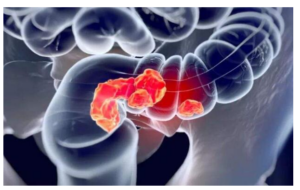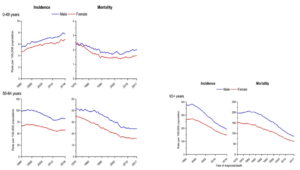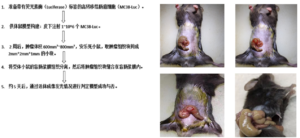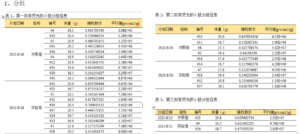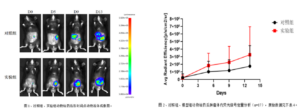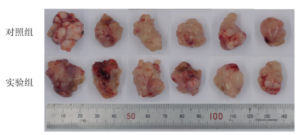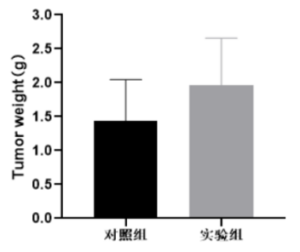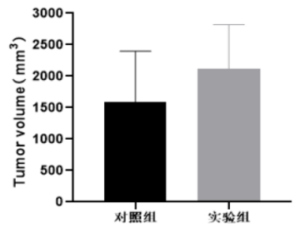Abstract:
This article introduces colon cancer orthotopic model construction and drug efficacy evaluation. With high global morbidity/mortality, the model inoculates luciferase-tagged MC38-Luc cells into mouse cecum to mimic human tumor microenvironment. Steps include donor tumor induction, tissue transplantation, and in vivo imaging for model validation. Experimental groups show reduced tumor fluorescence signals, weight, and volume, demonstrating the model’s utility for anti-cancer drug assessment.
Details:
Colon cancer in situ model construction and drug efficacy evaluation
Research background
High morbidity and mortality In 2020 , more than 1.93 million people
in the world will be newly diagnosed with colorectal cancer. age, the incidence rate approximately doubles; over the age of 55, each additional 5 years, the incidence rate increases by approximately 30%.
The principle of modeling
is to inoculate mouse-derived tumor cells or tissues into
transplanted host organ tissues corresponding to the primary site of the tumor.
Make it obtain a microenvironment similar to that of human tumors.
Experimental method and results
Quantitative analysis of tumor fluorescence signals in vivo
General situation of isolated tumor
Quantitative analysis of tumor weight
Quantitative analysis of tumor volume


